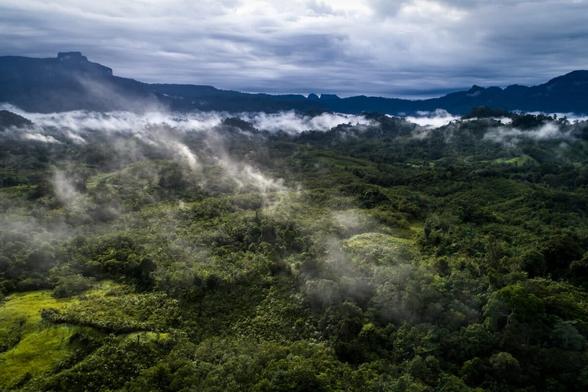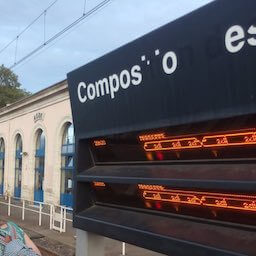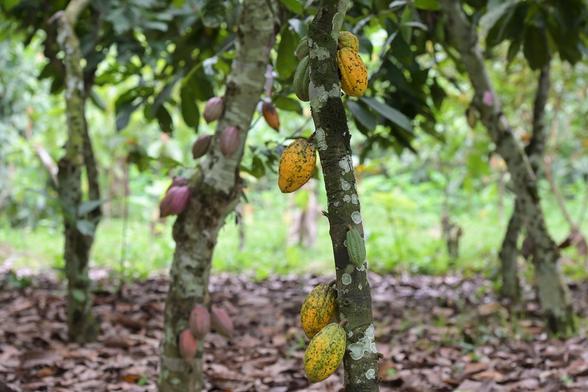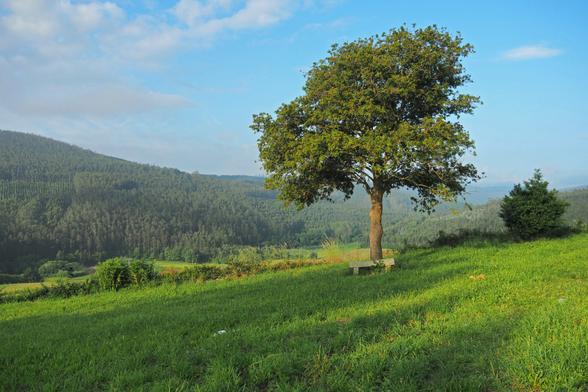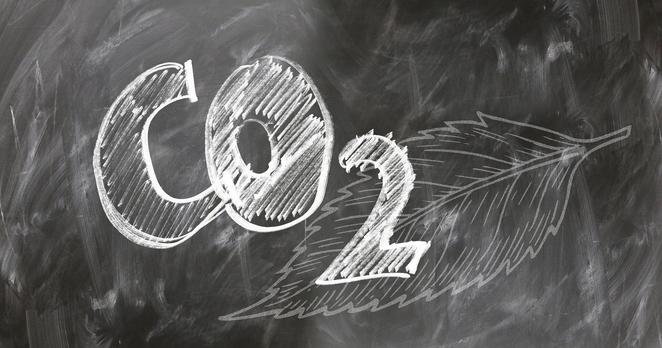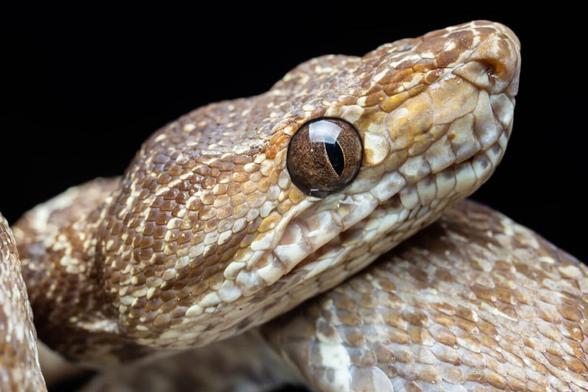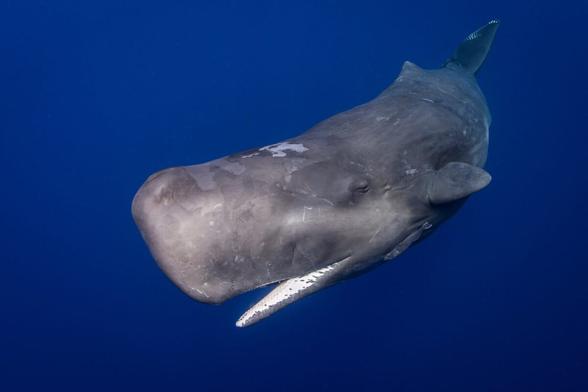2025-09-22 21:34:29
Warming triggers unprecedented carbon loss from tropical soils, study finds https://news.mongabay.com/2025/09/warming-triggers-unprecedented-carbon-loss-from-tropical-soils-study-finds/
2025-09-22 09:51:03
Low Carbon Family Holidays - Be a social superstar without 57 foreign holidays every year! Cut stress, cost, carbon and food waste. Have loads of fun! #frugal #holiday #TravellersCheck -
2025-09-22 15:00:11
"Growing trees for shade has ‘enormous’ potential for cutting cocoa emissions"
#Trees #Emissions #Chocolate
2025-08-22 09:15:41
Carbon-rich Sub-Neptune Interiors Are Compatible with JWST Observations
Zifan Lin, Sara Seager
https://arxiv.org/abs/2508.15117 https://arxiv.org/pdf/2508.…
2025-09-23 10:36:51
Formation of unsaturated carbon chains through carbon chemisorption on solid CO
Masashi Tsuge, Germ\'an Molpeceres, Ryota Ichimura, Hideko Nomura, Kenji Furuya, Naoki Watanabe
https://arxiv.org/abs/2509.16978
2025-08-23 09:07:03
SPHEREx Discovery of Strong Water Ice Absorption and an Extended Carbon Dioxide Coma in 3I/ATLAS: #InterstellarComet 3I-ATLAS: https://spherex.caltech.edu/news/3i-atlas-co2-coma
2025-08-20 16:00:42
"Human influence reduces natural land carbon stocks by 24%, study finds"
#Carbon #CarbonDioxide
https://
2025-10-20 19:36:30
Carbon offsets have failed for 25 years, and most should be phased out #carbon
2025-09-22 19:00:57
"New conservation area protects 53% of carbon in northern Peruvian Amazon"
#Amazon #Conservation #Environment
2025-08-21 11:00:41
"Ocean-based carbon storage ramps up, bringing investment and concern"
#Oceans #Climate #ClimateChange
